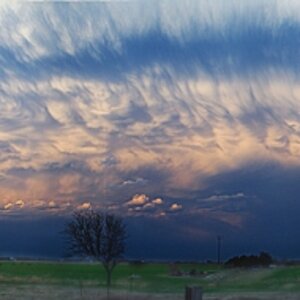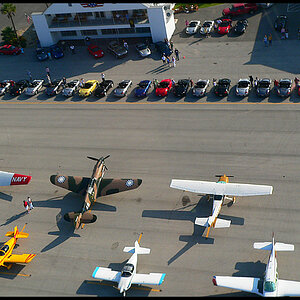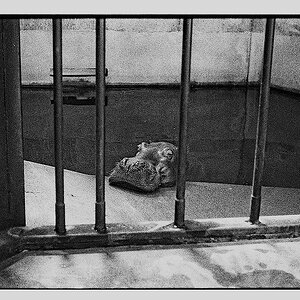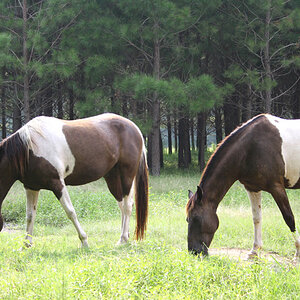Aloicious
No longer a newbie, moving up!
- Joined
- Mar 12, 2010
- Messages
- 1,661
- Reaction score
- 452
- Location
- UT
- Website
- www.photographywild.com
- Can others edit my Photos
- Photos NOT OK to edit
I got out late last night and got some more astrophotography, I drove a little further this time to get to a darker area. this was shot in a grey section of the light pollution map (meaning it was really dark, closest man made lights other than a couple cars was over 5 miles away, and the nearest 'town' was over 40 miles away)
this first one is of the same area of the sky I shot last time I was out, its the southern portion of the milky way when viewed in the northern hemisphere. below it I've labeled the landmarks incase you're not familiar with astronomy.
this is a stack of ~35ish exposures, each of ~13-20sec, varied Fstop between 1.8-3.2, all taken with my D90 and 50mm 1.8 lens. 400-1600 ISO (mostly 800)
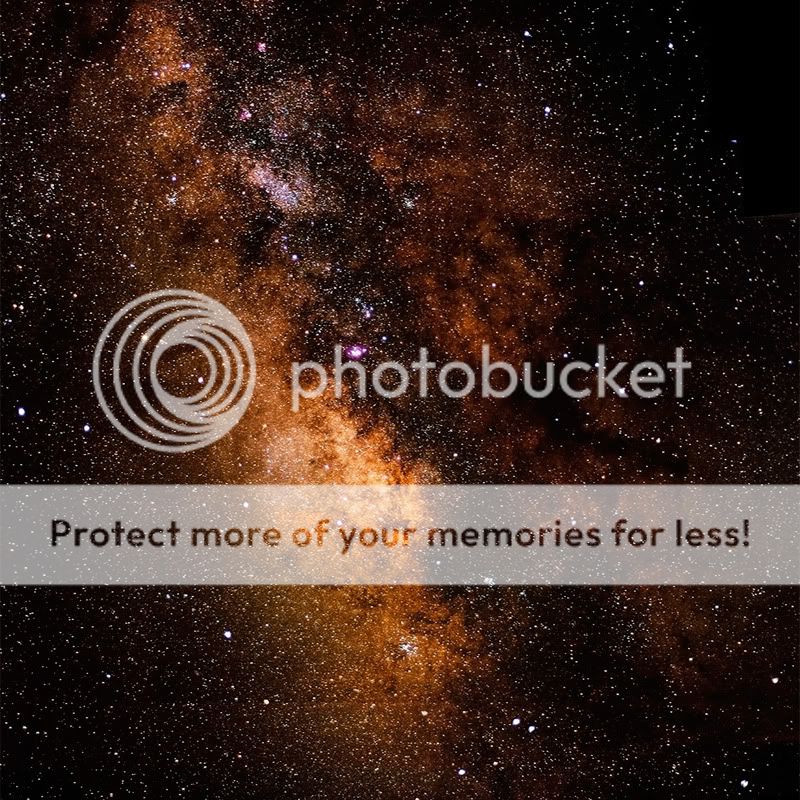
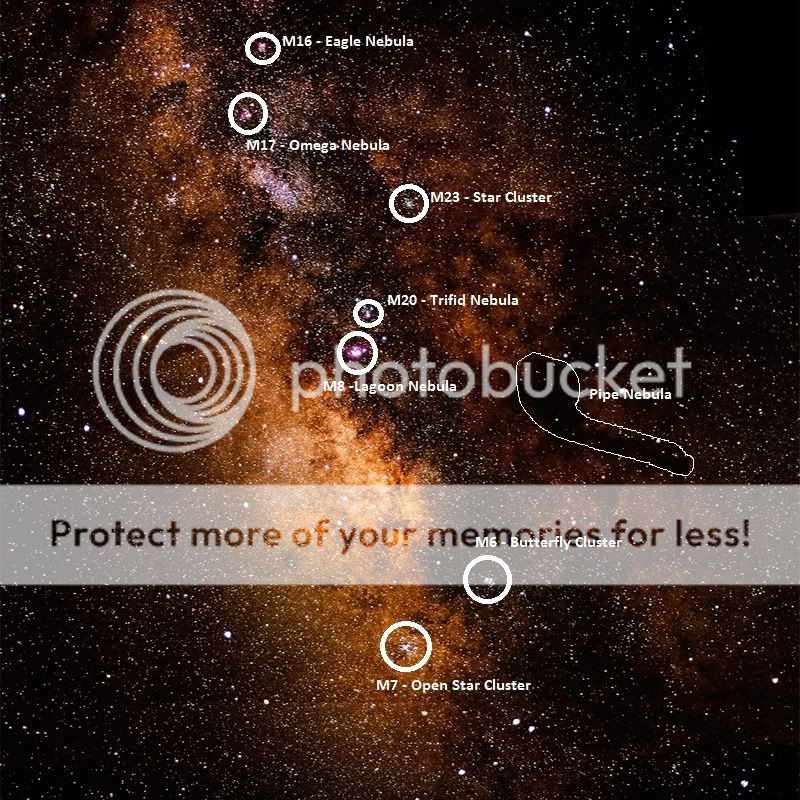
the next pic doesn't have as many cool landmarks, but its Antares, a red supergiant star, the 16th brightest star in the night sky, and part of the Scorpius constellation, I've also made a second pic with labels, probably didn't need to on this one...
this is a stack of 5-6 exposures, each of 13-15sec, f1.8-2.2, also taken with my D90 and 50mm 1.8 lens. 800 ISO
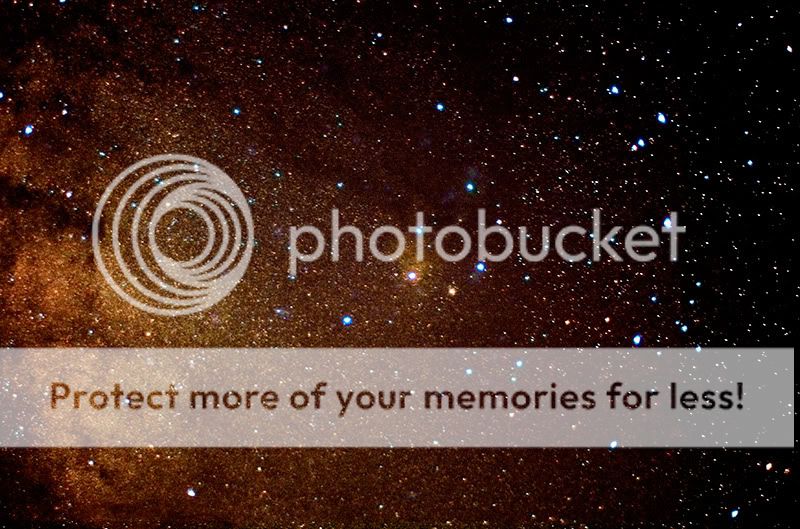
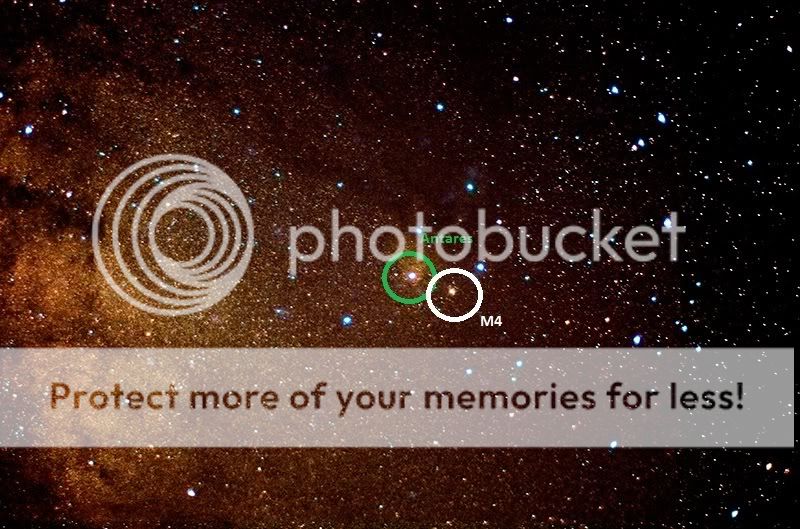
and last is one that was actually an accidental picture. I wasn't really meaning to take this one, but it came out kinda neat with the telephone poles in front of the milky way, that bright cluster of stars is M7, its labeled on the picture up above.
single shot, 15s, f2.0, 50mm prime, ISO800, also with my D90 and 50mm 1.8 lens
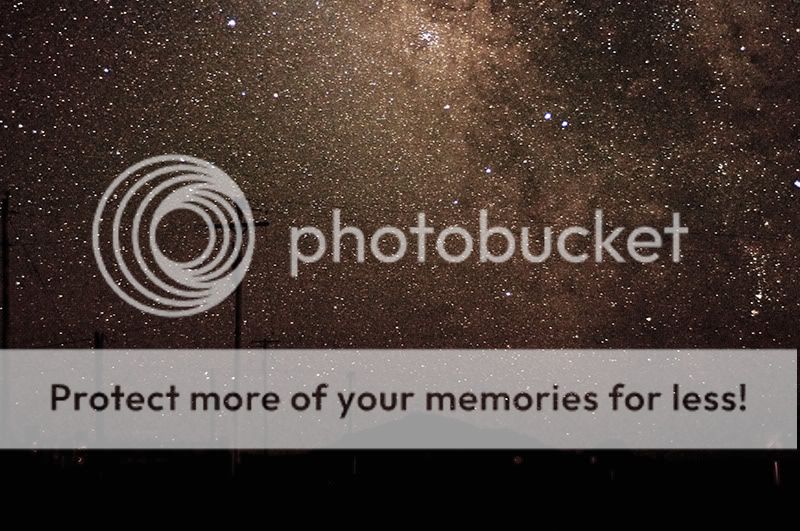
all the shots were taken between 1:50am and 3:00am MST 6-10-11...
they're a little better than my last ones, still need to work on a little bit, the top pic has a missing portion in the top right area, thats because I didn't get enough outer shots in the stack, I'll have to get a better range of shots next time.
any C&C or anything is welcome.
this first one is of the same area of the sky I shot last time I was out, its the southern portion of the milky way when viewed in the northern hemisphere. below it I've labeled the landmarks incase you're not familiar with astronomy.
this is a stack of ~35ish exposures, each of ~13-20sec, varied Fstop between 1.8-3.2, all taken with my D90 and 50mm 1.8 lens. 400-1600 ISO (mostly 800)


the next pic doesn't have as many cool landmarks, but its Antares, a red supergiant star, the 16th brightest star in the night sky, and part of the Scorpius constellation, I've also made a second pic with labels, probably didn't need to on this one...
this is a stack of 5-6 exposures, each of 13-15sec, f1.8-2.2, also taken with my D90 and 50mm 1.8 lens. 800 ISO


and last is one that was actually an accidental picture. I wasn't really meaning to take this one, but it came out kinda neat with the telephone poles in front of the milky way, that bright cluster of stars is M7, its labeled on the picture up above.
single shot, 15s, f2.0, 50mm prime, ISO800, also with my D90 and 50mm 1.8 lens

all the shots were taken between 1:50am and 3:00am MST 6-10-11...
they're a little better than my last ones, still need to work on a little bit, the top pic has a missing portion in the top right area, thats because I didn't get enough outer shots in the stack, I'll have to get a better range of shots next time.
any C&C or anything is welcome.


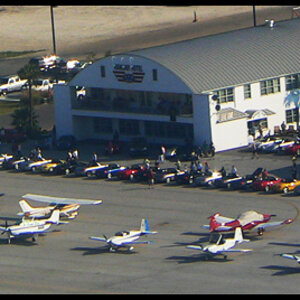
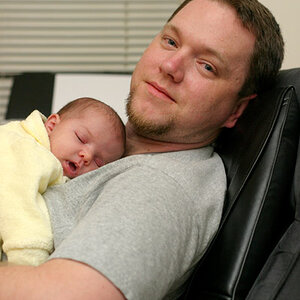
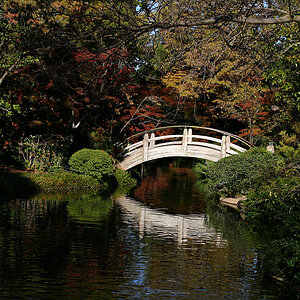
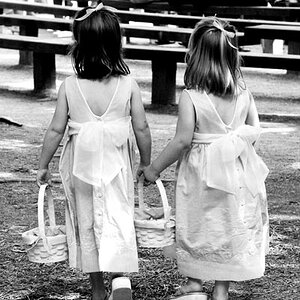
![[No title]](/data/xfmg/thumbnail/36/36669-32e6602a9741e9fefddbc9dc04bc8e8f.jpg?1619737676)

